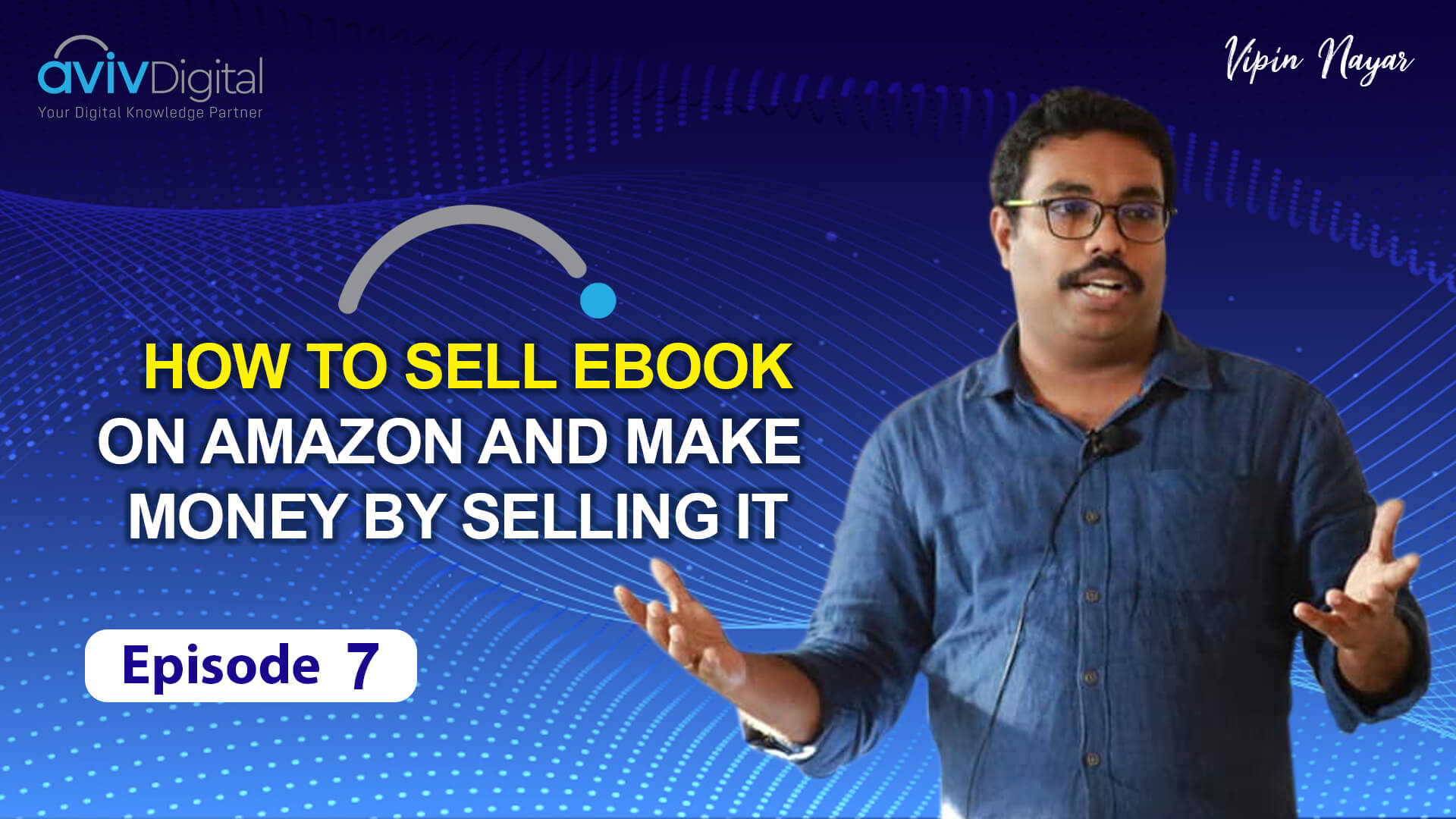

No affiliation here, I just find that it’s a pretty useful tool. There are many out there, and most of them offer a paid service – but some will let you use the tool for a certain number of searches for free.

If 7 keywords don’t immediately leap into your mind, you may want to try using keyword tools, usually used for SEO research. I would strongly encourage that you use them all – because why not? Keywords will help bring people to your book and increase your overall traffic. You’re able to enter 7 different keywords. If you’re publishing a public domain work – let’s say you’re uploading an edition of The Iliad that you formatted – you would label this as a public domain work, indicating that you do not own the copyright. If you wrote the book yourself, then you should state that you own the copyright for this book. This is the blurb that readers will see on the main page of your listing – think of this as the back-of-the-book selling point.Īfter this, indicate the publishing rights. Next, you’ll have to enter the description. Pick the language your book was written in, and enter the title and optional subtitle. We start off with some basic information. Once you’re logged in (and I believe you can just use the same login you use on – someone correct me if I’m wrong), you can click on “Kindle eBook” under the “Create a new title” section of the page. This is how you get your eBooks up on Amazon.

It just depends on how thorough you want to be. There are plenty of examples of legal statements you can insert online. Note that you can keep your copyright info short like this, or include a separate page with a longer legal disclaimer. The website isn’t necessary to include, but you can add whatever you’d like to these essentials. Lower down is the copyright notice, the publisher name (me!), and my website. It includes the title, subtitle, and author up top. Here, you can see the front matter for my Vintage Vegetarian book. Luckily, Amazon has a pretty comprehensive guide right here for you to follow. There are specific formatting guidelines that you should be following. Eventually I’m going to put together a list of hot topics for eBooks (I’ve gotten pretty good at this market research!) but for now, you’ll have to bring this to the party yourself. Step One: Format your manuscript.įirst thing’s first, you need a manuscript. So dust off that old manuscript, and let’s get into it. You’ll see that it’s really not so difficult! So last time I was uploading an eBook for sale, I took a few screenshots of the process to help walk you through it.

I’ve got a couple of eBooks up on Amazon ( One Bad Gallbladder and The Vintage Vegetarian, for example) and I’ve found the process to be straightforward…once you know what kind of information you need in order to list your books.


 0 kommentar(er)
0 kommentar(er)
